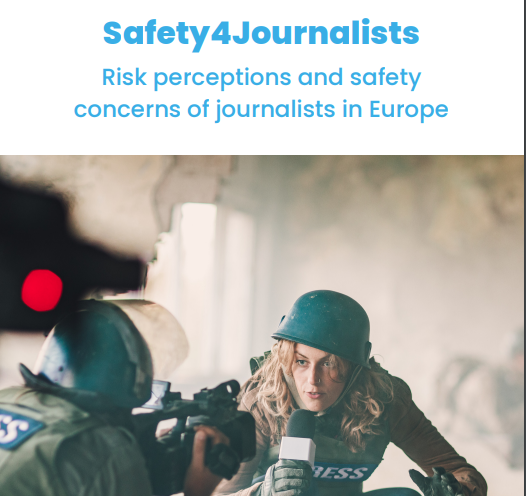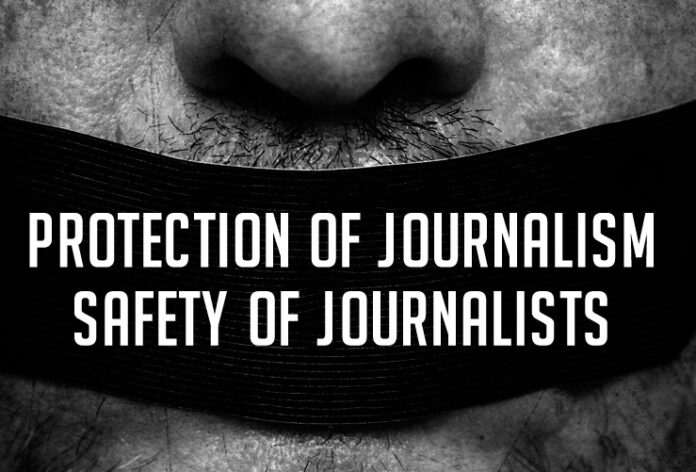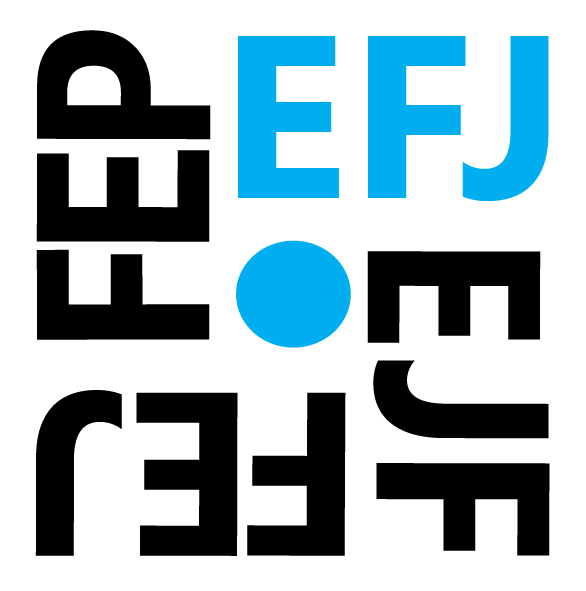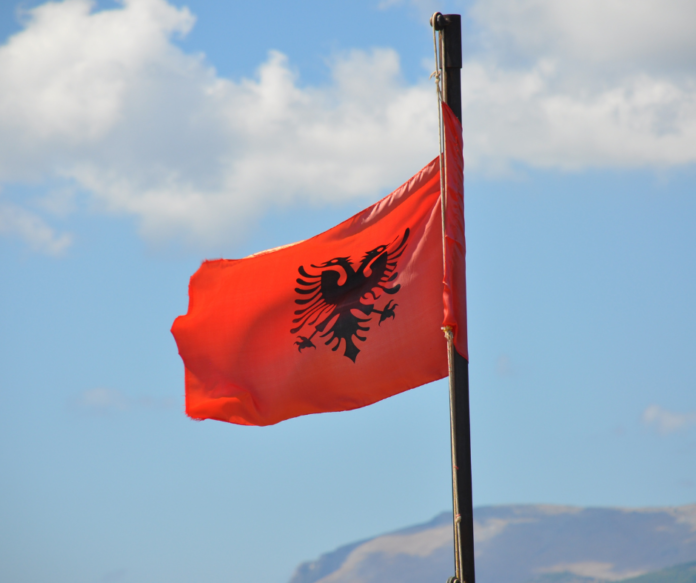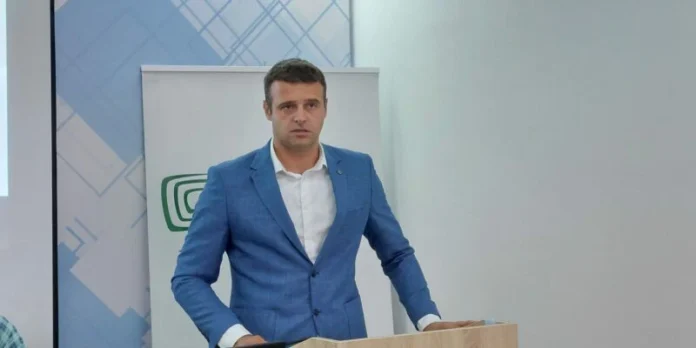For media outlets, online fundraising is something they rarely consider. Their scepticism is not unfounded, though.
Editors note: We are republishing an article by Sanja Lazić that looks into fundraising in the Western Balkans. This piece was originally published on Journalift.
In the last couple of years, crowdfunding (or online fundraising in general) has become a common topic among, primarily, non-profit organisations in the Western Balkans. It is often (wrongly) perceived as a silver bullet for the financial problems that an organisation faces or an alternative funding option for smaller-scale projects. Considering media outlets in the region, online fundraising and crowdfunding have only recently seen some progress and application within this context.
The reason for this is the general perception that non-profit organisations are more agile and flexible in their communication and approach to the community, their projects seem to find audiences and potential donors with less effort and goals they are (in most cases) trying to reach are more tangible, specific, therefore, the impact they can create is more obvious.
For media outlets, online fundraising is something they rarely consider. Their scepticism is not unfounded, though.
There is no culture of continuous support in any of the Western Balkan countries. Among that philanthropic minority, the donations are mostly reserved for four main areas – healthcare, support to marginalised groups, poverty relief and education.
Additionally, aside from the very few media outlets that are (moderately) successful in raising funds from their audiences, there are not a lot of examples of good practice, particularly among local media.
However, in the current political circumstances that almost all countries in the Western Balkan region share, as well as the available funding options for media, community fundraising is not only the future, but it must become an integral part of the media business strategies as soon as possible.
Why should media outlets turn to their audience for support?
Usually, most Western Balkans media outlets turn to the combination of the following funding sources – advertising, public sector funds, international donors, and optionally by providing commercial services such as renting space, equipment, offering their services to others etc. However, most of these sources are unreliable and inconsistent.
Digital platforms such as Google and Facebook have taken precedence over traditional media advertising, leaving media outlets with less advertisers than ever, it is fair to say that this trend will only continue. Public sector funding is generally very limited and when there is access to it, it is often used for political control. International donors represent relief to many media outlets when granted, but this support also comes with several limitations – they can leave the region or shift their focus, content production is rarely supported. Additionally, international donors are mostly looking to support larger projects which local media tend to avoid due to their lack of resources to plan and implement them.
If this is the case, what are the media outlets left with?
The unlikely (but also the most logical) answer is the community – the people you have created your media for in the first place. They are not the only solution for media sustainability, but they must be its part.
In this article, we will analyse three online fundraising campaigns launched by media outlets in Serbia and Croatia, taking a deeper look at their strategy, promotion, outcomes and lessons learned that media outlets can apply in their future campaigns.
1. TV Forum, Serbia
Before becoming a television, TV Forum was a non-profit organisation consisting of women activists, with the goal to make Prijepolje and their local community, a more solidary and progressive environment. Several years later, they became the first informative television in Prijepolje, the first civil society television in Serbia and the first television founded by women in the Balkans. Their reputation is impeccable and their journalism on a very high level. For 11 years, they have been informing their local community daily about the most important events at the local, impartially, objectively and transparently.
When in September 2019, TV Forum decided to launch its crowdfunding campaign, it became the first crowdfunding campaign of that kind in Serbia. In less than two months, they were supported by 81 donors and had raised more than 4,600 euros for equipping their television studio.
Even though most instructions on campaign preparation will tell you that email marketing is the best place for reaching your potential donors, the truth is – the best place is the one where your community is.
In the case of TV Forum, located and founded in one of the poorest and underdeveloped regions in Serbia, it was clear that communication with donors would have to go through an old-fashioned way. The first thing their core newsroom team did is map their community, segment it based on the type of donor and support they could provide (aside from donating money, people could offer promotional support, in-kind one, volunteer, and so on) and then start contacting all of them. They had campaign ambassadors – influential people in their community who promoted the campaign on social media, which brought additional attention to the campaign to the people who might not have had the chance to hear about TV Forum beforehand.
Phone calls, letters, numerous coffees, text messages, and word of mouth were only part of the strategy to inform their community and potential donors about the campaign. Another major part of the puzzle was reaching out to locals now living in diaspora as their purchasing power is bigger (to find out about the unexploited potentials of Albanian diaspora, read this article).
With those two strategy devices, their campaign far exceeded the initial goal and ended successfully; however, this is not where the work ended. The campaign’s popularity drove more attention to their work. More than financial support, the transparency during the process helped build trust with donors which was crucial for further engagement. The huge opportunity and visibility that the campaign gave the media should not be taken for granted. In fact, this is its main goal – now that all the eyes are on the work the media does, the team gained a unique opportunity to grab the community’s attention and use it to its advantage. The following examples will show us how this is done.
2. KRIK, Serbia
KRIK is a popular investigative media outlet from Serbia whose stories focus mostly on crime and corruption. Their work involves great risks, and they are often targets of the tabloid, and pro-government media in Serbia. In the case of KRIK, the higher the risk and attacks they face from politicians, the bigger the attention and donations they receive – and KRIK has wisely used this to their advantage. Now, seven years since they first offered their readers to opt-in and donate, 25% of KRIK’s yearly income comes from their readers.
The bombastic nature of their stories, naturally, drives a lot of attention, but it is one thing getting attention and another converting it to financial support. Thus, KRIK decided to embrace a fundraising model that consists of free access to their stories and articles. For readers who choose to support their work, they offer gifts (merchandise), and exclusive content such as sending their stories to supporters one day before its publishing and providing access to documents they used in their research. For their biggest donors, KRIK’s team invites them to their yearly events where they can meet journalists and learn more about their investigative process. This combination of the donation-membership model has brought them closer to their community and helped make KRIK a brand that equals integrity and credibility.
However, this type of success and impact means two main things – keeping your content as relevant as possible with exceptional quality, along with continuous promotion and direct engagement with your community.
Firstly, if the quality of your stories is not high enough, any promotional and fundraising tactics will be of no help. This is the part where you might say – yes, but KRIK produces risky, attractive stories that are easier to raise money for. And you would be right – only to an extent.
There is no doubt that you will get attention if you write about top-level politicians who are in business deals with criminals. But local media has value that KRIK cannot provide – they offer daily, relevant information that makes life in a small community easier, focusing on their community’s needs. A small media is inversely more approachable and can easily, almost without risk, talk with and interview their community. This direct interaction and “listening to the little man” are significantly more relatable to your audience, and is one of the main pillars of fundraising campaigns. Small media can also hold local politicians accountable for their actions. They question decisions of those in power, albeit locally and, if done right, they do it as effectively and objectively as possible, without compromises. Audiences know good work then they see one and if your fundraising strategies haven’t worked so far, maybe it is time to rethink the content you offer. Or think about your fundraising strategy.
3. Lupiga, Croatia
In 2017, an online portal Lupiga from Croatia launched a crowdfunding campaign after its Ministry of Culture abolished the program of co-financing non-profit media the year before. With the idea of raising 19,999$, which was half of the minimum amount of money needed for one year of operation of the portal, the campaign attracted great attention and, in the end, raised 128% of its goal. This campaign became a good example for several reasons – one, their promotional strategy and creativity and two, the proof of the importance of community.
Before the campaign, Lupiga was already a well-known online media that gathered left-wing, opinionated, educated audiences who shared similar values and interests. As Lupiga decided to launch a promotional video for their campaign, they already knew their power lay in those who represent symbols of those same values – famous musicians, writers, authors and activists who gathered to give support to the main message of the campaign – “freedom costs”. The video featured the team behind Lupiga – giving it credibility, authenticity and realness. With the combination of unforced humour and a clear message, the video achieved exactly what it was supposed to – it got the attention of the viewer, created empathy, optimism instead of shudder and called to action – gave clear instructions on how one can support.
Finally, Lupiga’s campaign showed the true value and power of a community, one that should never be forgotten and only be reminded of when help is urgent.
Instead of using crowdfunding as a survival tool, it should be an integral part of the media’s business plan from the beginning.
Conclusions
The power of people and your community should not be underestimated. Despite living in times of individuality, selfishness and uncertainty, people will always need their media to educate, inform them and give them value.
Community fundraising offers that – your readers freedom and an option to show support to those that matter to them, motivate the competition to become better, learn from their mistakes and advance, while keeping the media on their toes.
Community fundraising keeps things in perspective – it reminds the media who they founded it for in the first place. It gives (back) control and allows you, as a media, better revenue diversification. As with everything, those who first start riding a new wave will be the ones who will start reaping benefits before others.
Source: The Fix Media



